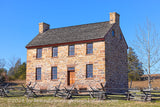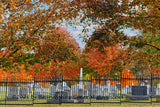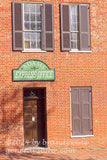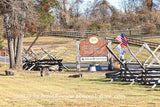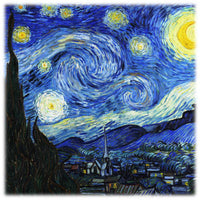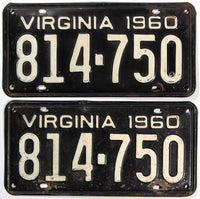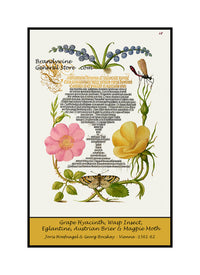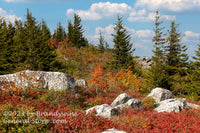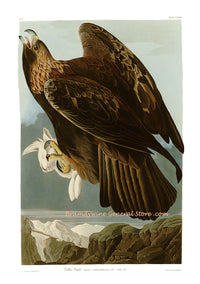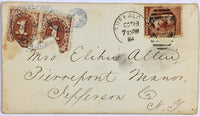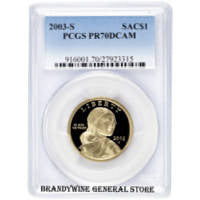Winter and Rock Wren by John James Audubon Art Print
An archival premium quality art print of the Winter and Rock Wrens painted by John James Audubon for sale by Brandywine General Store. Mr. Audubon describes the Winter Wren in Birds of America thus: The extent of the migratory movements of this diminutive bird, is certainly the most remarkable fact connected with its history. At the approach of winter it leaves its northern retreats, perhaps in Labrador or Newfoundland, crosses the inlets of the Gulf of St. Lawrence on tiny concave wings, and betakes itself to warmer regions, where it remains until the beginning of spring. Playfully and with alacrity it performs the task, hopping from one stump or fallen log to another, flitting from twig to twig, from bush to bush, here and there flying a few yards; feeding, singing, and bustling on, as if quite careless as to time or distance. It has reached the shore of some broad stream, and here a person ignorant of its habits might suppose it would be stopped; but no, it spreads its wings, and glides over like a meteor. I have found the Winter Wren in the lower parts of Louisiana, and in the Floridas, in December and January, but never saw one there after the end of the latter month. Their stay in those parts rarely exceeds three months; two more are employed in forming a nest and rearing their broods; and as they leave Labrador by the middle of August at the latest, they probably spend more than half of the year in travelling. It would be interesting to know whether those which breed along the Columbia river, near the Pacific Ocean, visit the shores of our Atlantic States. My friend THOMAS NUTTALL informs me that he occasionally saw the Winter Wren feeding its young in the woods, along the north-west coast...." Troglodytes Obselata - The Rock Wren - "This species was discovered by some of Major LONG's exploring party, and first described by Mr. THOMAS SAY. My friend THOMAS NUTTALL, who had opportunities of studying its habits, during his recent journey in company with Mr. TOWNSEND, has assured me that they are very similar to those of the other Wrens. The figure in the plate was taken from an adult female, given to me by Mr. NUTTALL; and I have since then obtained two males. On the 21st of June," says Mr. NUTTALL, "on the ledges of the bluffs which border the bottom of Hare's Fork of the Siskadee (or Colorado of the West), I heard, and at length saw this curious Mountain Wren. Its actions are those of the Carolina species, Troglodytes ludovicianus. The old female (as I supposed) sat upon a ledge of rock at the head of a high ravine in the bluff, cocking her tail, and balancing herself, at the same time uttering a tshurr, tshurr, and te aigh, with a strong guttural accent, and now and then, when approached, like the common Short-billed Marsh Wren, Troglodytes brevirostris, a quick guttural tshe de de. It has also a shrill call at times, as it perches on a stone on the summit of some hill, again similar to the note of the Carolina Wren, occasionally interrupted by a tshurr. Among these arid and bare hills of the central table-land they were quite common. The old ones were feeding and watching a brood of four or five young, which, though fully grown, were protected and cherished with the querulous assiduity so characteristic of the other Wrens. They breed under the rocky ledges where we so constantly observed them, under which they skulk at once when surprised, and pertinaciously hide in security, like so many rats. Indeed so suddenly do they disappear among the rocks, and remain so silent in their retreat, that it is scarcely possible to believe them beneath your feet till after a lapse of a few minutes you begin to hear a low cautious chirp, and the next moment) at the head of the ravine, the old female probably again appears, scolding and jerking in the most angry attitudes she is capable of assuming. In the same rocky retreats they are commonly accompanied by a kind of small striped Ground Squirrel, like that of the eastern coast in many respects, but much smaller. These little animals, which are numerous, the White-chinned Buzzard, Buteo vulgaris of RICHARDSON and SWAINSON, and the Raven frequently hover over and pounce upon. We met with this species as far west as the lowest falls of the Columbia, or within a few miles of Fort Van Couver, but among rocks and cliffs as usual." Audubon Birds art print #360



